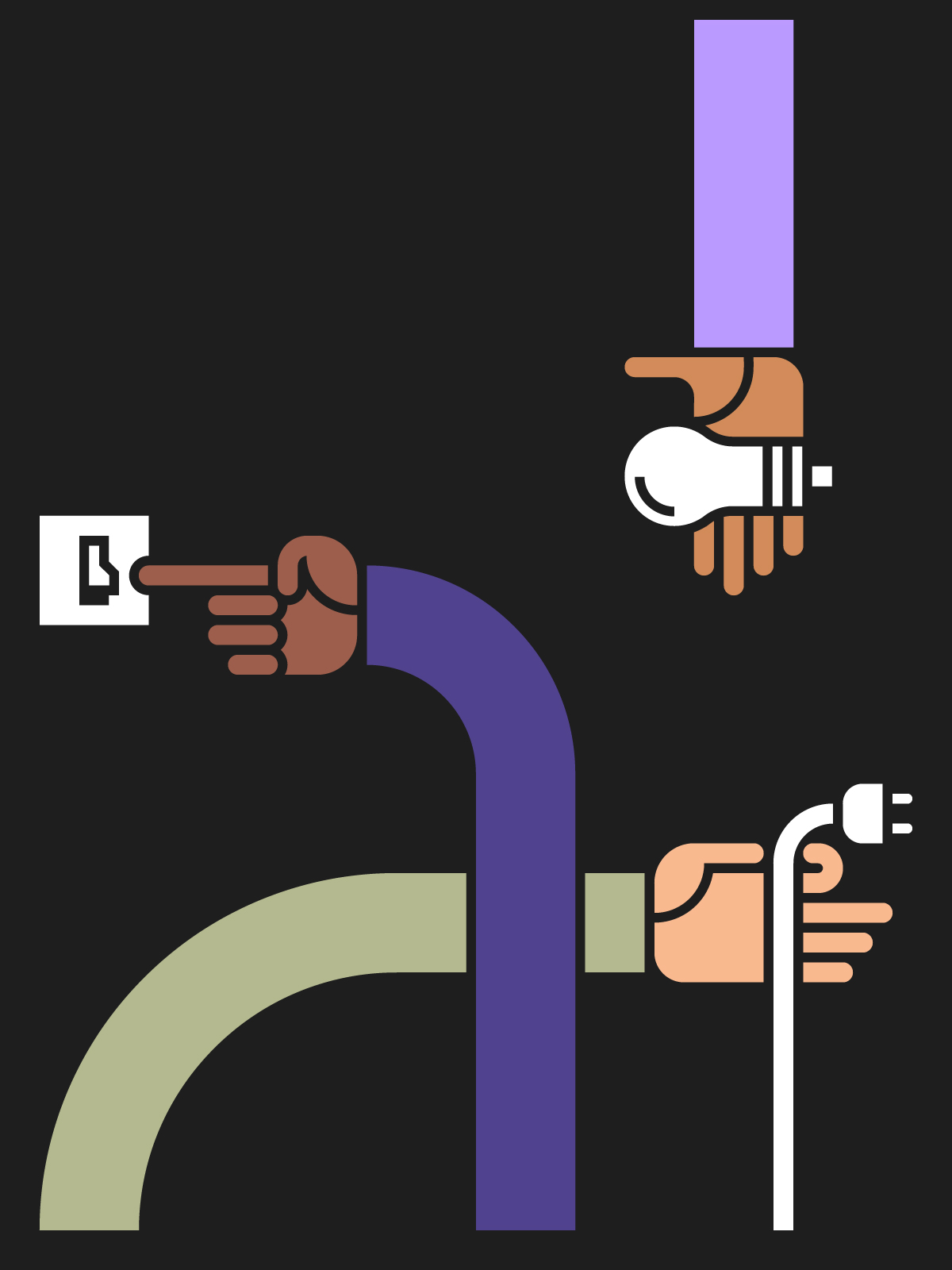Defining the visual identity
The visual brand identity is a coherent system of symbols made up of forms, shapes, colours, typefaces, layouts, and moving or still images which encapsulate and convey your brand values to internal and external audiences.
The power of symbols
Visual symbols can carry the meaning of complex ideas without using any words.
Just as a certain colour evokes a certain feeling, other visual elements can act as powerful emotional triggers as well. Seeing the logo of our favourite brand will fill our minds with positive feelings.
If we see the logo of a brand we dislike, it will remind us to avoid that company. This happens in the blink of an eye because humans are programmed to behave in this manner and have been doing it since the dawn of time — our ancestors were using the same techniques to distinguish the things that were edible from the things that were not, for example.
We’ve evolved considerably from there, but the power that visual symbols have over us hasn’t diminished.
A coherent system
The logo is designed to capture the essence of your brand in the simplest and most expressive form possible. It is the most important visual asset of your business, but it’s not to be confused with your brand or your visual identity as a whole.
The photographic style, icons, illustrations, design layouts of printed and digital materials, typefaces, decoration of your shop or office, and design of your products are all part of a system: the visual language of your brand.
Often the logo is not even required to remind people of your values because a unique typeface or the memorable shape of your product will be able to achieve a similar effect. That is why creating a coherent visual identity is so important.
Coherence can be achieved by having a brand strategy in place. As part of that strategy your business will have a set of brand values that drive and inspire the people on the inside and differentiate your business from the competitors in the eyes of the external audience.
You should use the brand values to influence the creative and design process. Let’s suppose one of your brand values was ‘dynamic’. There are many different ways to visually encapsulate that same idea — you might decide to use slanted shapes in your logo and unusual angles in your photography for example. Whatever the creative vision is, the design solution should be appropriate to the medium and context.
Our article about the branding process outlines how the visual identity is integrated into the brand development.
The visual assets of your brand
The list of components of your visual identity will largely depend on the type of business you are. Your visual vocabulary will differ depending on whether you are selling a product or offering a service, but there are some common elements:
- Logo
- Colour palette
- Graphic artwork
- Typography
- Photography
- Film
- Animation
- Illustration
- Iconography
Each of these can carry so much meaning on their own, but when they are all coming from the same place and utilised together they can truly empower your brand.
The purpose of the visual identity
Good branding cannot be understood without a strong visual identity. It is what differentiates you from other players in your industry, helping your customers to recognise you more quickly and easily. It expresses your unique features and human values that your audience can relate to, which helps them to form a lasting emotional connection with your brand.
The visual identity becomes the vessel that carries all positive and negative experiences. It becomes the projection of people’s perception.
This includes your internal audience too — your team can have a stronger association with the vision of your organisation if they can also identify with the visual language of your company.
Your visual identity makes your brand architecture clear to your audience, so if you have sub-brands, these can have their own symbols, but their relationship with each other should be represented visually.
Last but not least, your visual identity can become a protectable asset. You can trademark certain things such as the logo, unique colours, shapes and images — all adding to the overall value of your business.



